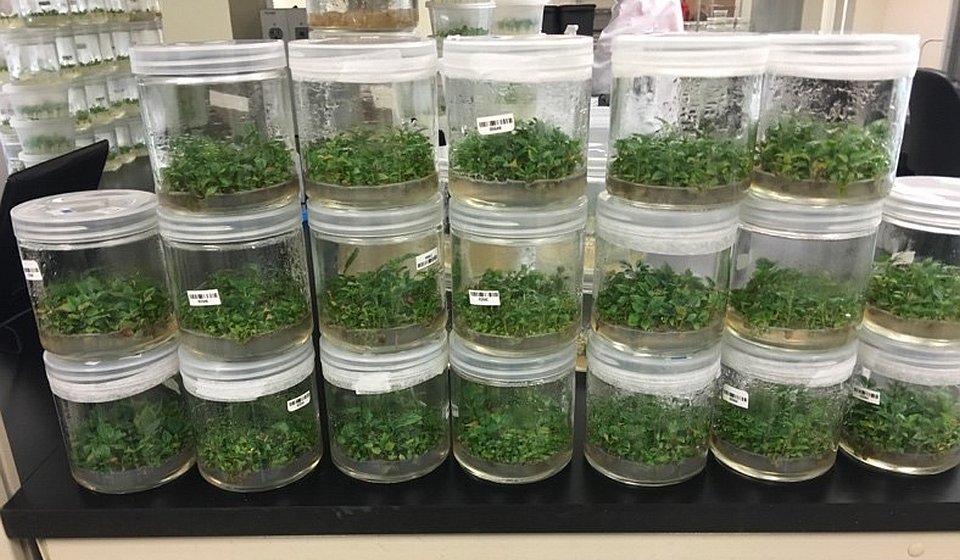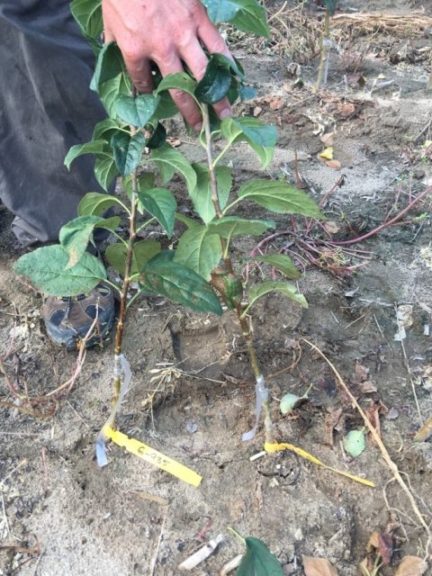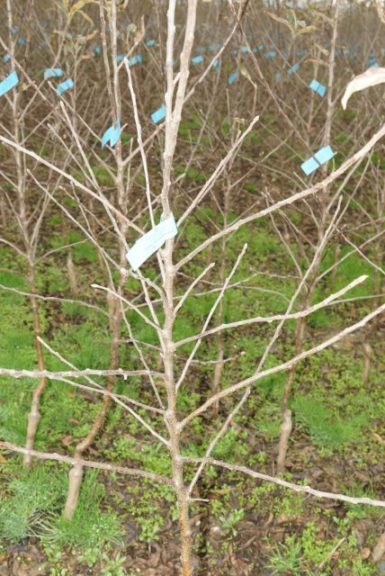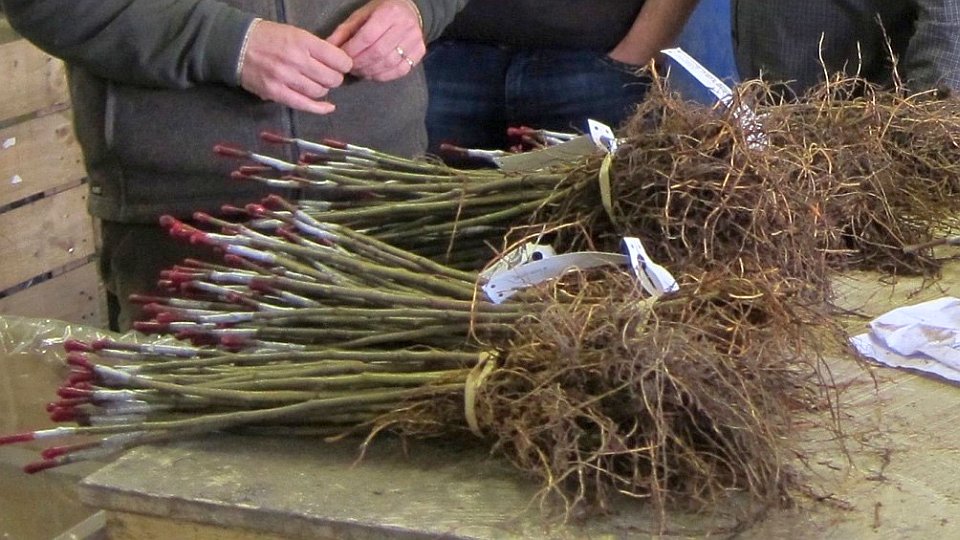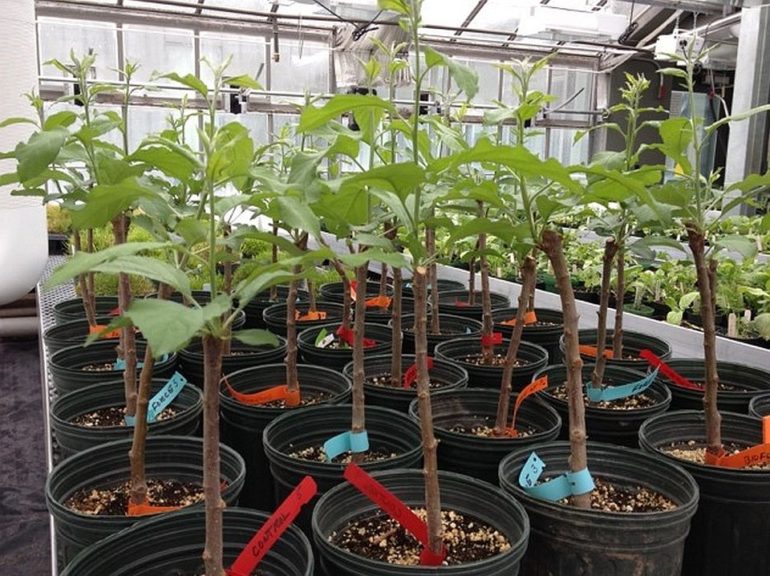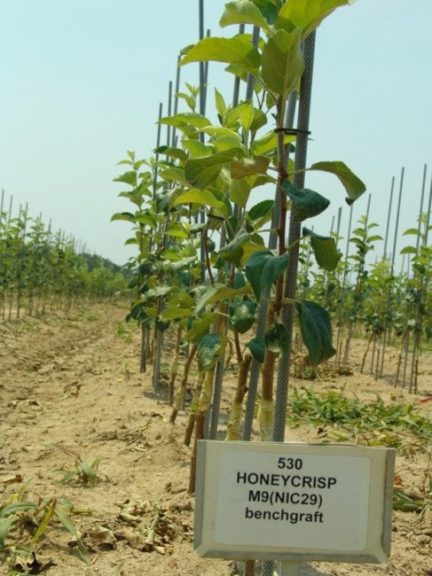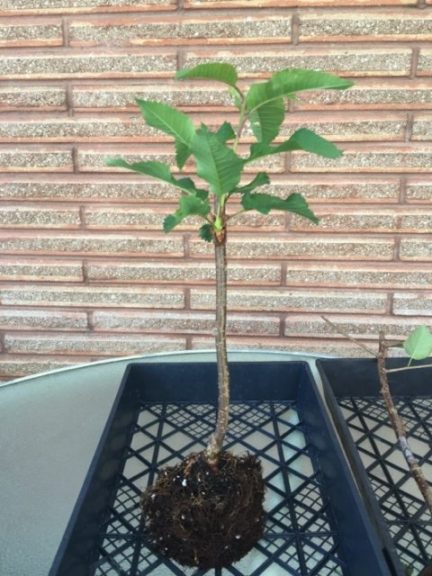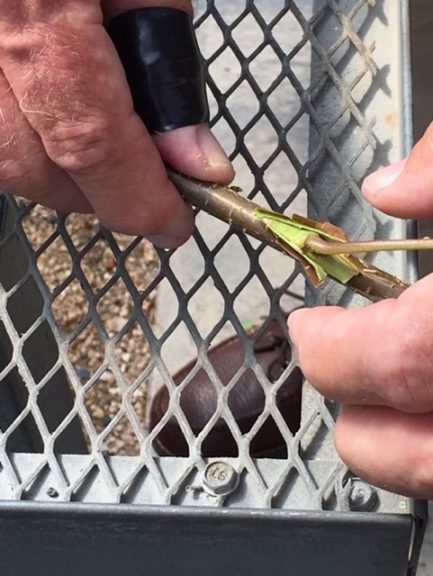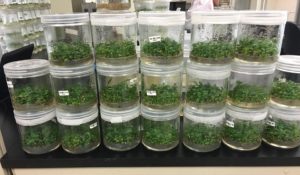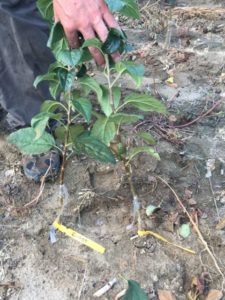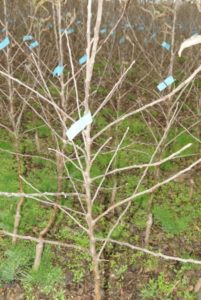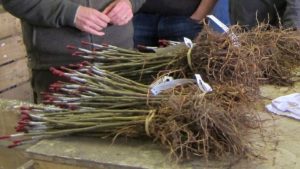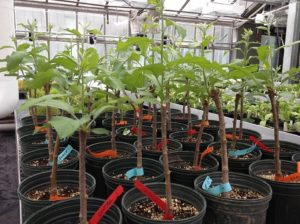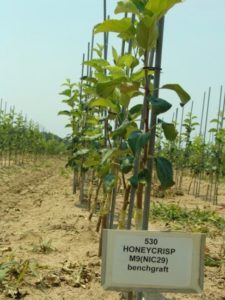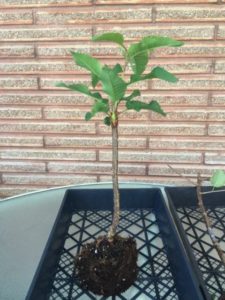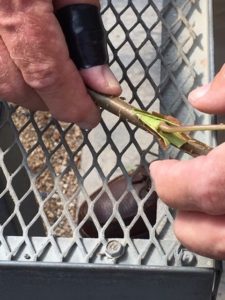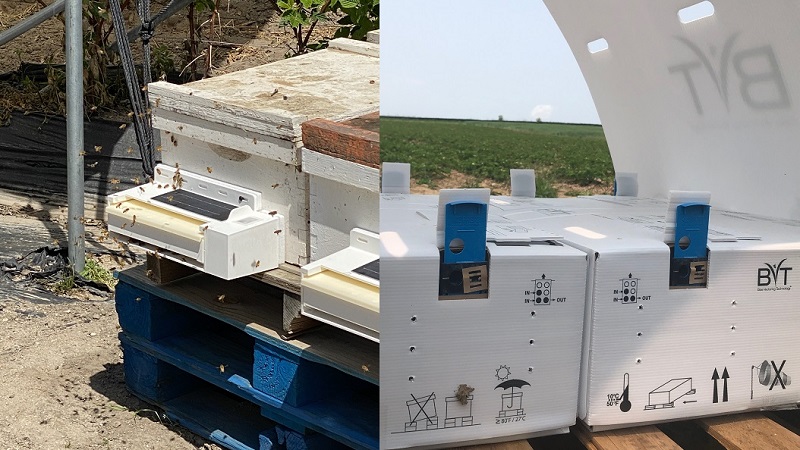Consider Alternatives To Finished Apple Trees From The Nursery
For the last decade, you and your fellow growers across the world have been struggling with the availability of desired apple cultivars on the desired rootstock at an affordable price. You have to plan and make your orders two and three years out to get the plants you want.
There have been shortages of rootstocks, especially the new Geneva rootstocks from Cornell, due to the high conversion rate of old-style orchards to high-density tall spindle orchards. Combine this with the necessary business practice most nurseries are following — custom budding is available for pre-orders only — newer rootstocks are hard to come by. Most nurseries are also requiring a 1,000-tree minimum order to custom bud apples two or more years out.
The Process Of Nursery Tree Production
Let us review traditional finished tree nursery production. Typically, it is a three-year process. Rootstock liners have been produced in stool beds (for the past 100 years). These rootstocks are bare root slips with several roots that the finished tree nursery ‘lines out’ in the field nursery in the spring of the first year. Currently, another option exists for finished tree nurseries. That is to utilize tissue culture-produced rootstocks in pots of soilless mix instead of stool bed produced liners.
Chip-budded rootstock liners are headed the following spring in the field, right above the chip bud. This scion bud grows for the season. The tree is pushed hard to gain caliper, tree height and produce feathers by the end of the current growing season to make a finished tree.
An ideal feathered tree for tall spindle production will be 5 to 6 feet tall with 12 to 15 uniform balanced feathers the length of the nursery tree. These trees are dug up in November, sorted, graded, and stored in warehouses for the winter, then shipped to growers the following spring. Three years from start to finish, two years in the finished tree nursery. These feathered finished trees are going to range from $8 to $11 each depending on caliper, size, and whether there is a scion royalty or rootstock royalty.
Other Possibilities For You To Consider
There are some possibilities that can give you alternatives to purchasing finished trees in order to obtain trees sooner and at potentially a lower cost. These include bench-grafted trees, sleeping eyes, and a newer product — spring-budded trees.
Bench-grafted trees — These trees can be purchased from nurseries or made yourself. Typically, you would start them from a rootstock stool bed liner in January or February. A short piece of dormant scion wood is grafted onto the rootstock. This graft is allowed to callus over and then is either lined out by a finished tree nursery to grow out or can be purchased by an individual grower and grown out.
Note that several nurseries are offering bench-grafted field grown trees at a lower cost, as they are produced in one year in the field nursery rather than two. However, note these finished bench grafted trees are typically smaller in height, caliper and have fewer feathers when finished. They would typically have a lower cost per unit as a result.
Sleeping eye trees — Another alternative for you is to purchase sleeping eye trees. These are rootstocks grown in the field all season and chip-budded in August.
At the end of the growing season, the rootstock is cut off flush at the bud and after the tree goes dormant, the tree is dug and sold to the grower directly. You would plant these in spring the following year and grow the bud out to make a tree. Typical sleeping eye trees would be in the $1.80 to $2.25 range, plus royalties. As with finished trees, there are nursery discounts when you order more than 1,000, 5,000, or 10,000 trees.
Spring-budded trees — A newer product is the concept of spring-budded trees. These are rootstocks produced with tissue over the winter and are potted up in soilless mix in the spring. The rootstock is then budded with T-Budding or Chip Budding in the greenhouse in March/April. If the bark slips readily, T-budding is utilized, if not chip then budding is done.
In early spring, dormant bud wood must be used. Depending on location, current season growth can be used for bud wood if the buds are mature enough (May-early July). After the buds have callused over on the rootstock, the top of the stock is pruned off just above the inserted buds. Nurseries or you can then plant this tree in a field nursery setting or a grower can plant directly in place in the orchard.
A few cautions with the above three alternative sources of trees, growers have the possibility to get lower cost trees. However, the tradeoff is that you have to grow the tree out yourself, in essence become a nurseryman. Growing nursery trees successfully requires additional skill sets! There are no shortcuts.
Things You Need To Consider
Nursery trees will need drip irrigation and the system has to be managed precisely! They will require exact weed control as well, no mistakes and no weeds can be tolerated. New growth should be staked and clipped/tied to the stake. Plant growth regulators should be applied throughout the growing season to the growing tip to induce feathers. All insects and diseases must be managed on a tight schedule to ensure plant health.
There are two options you can follow to grow these trees out. First, establish a small on-farm nursery and plant these trees in the nursery rows close together. Second, plant the trees in place in the permanent orchard and plan to grow them in place.
Planting in place has proven to be very difficult for establishing good quality trees for most growers. The extra attention these nursery plants need is hard to provide in an orchard setting. Orchardists are busy with the duties of growing fruit. Without dedicated personnel working on the nursery consistently, chances of failure are high.
I would vote for establishing a small nursery where attention can be paid to the details. The necessary tasks to develop a high quality finished apple tree can be completed in a timely, dedicated manner.
It does take a lot of committed time from a good horticulturalist to grow finished nursery trees! Dedication and persistence is what it will take to grow your own finished trees from bench grafts, sleeping eye, or spring-budded trees!





